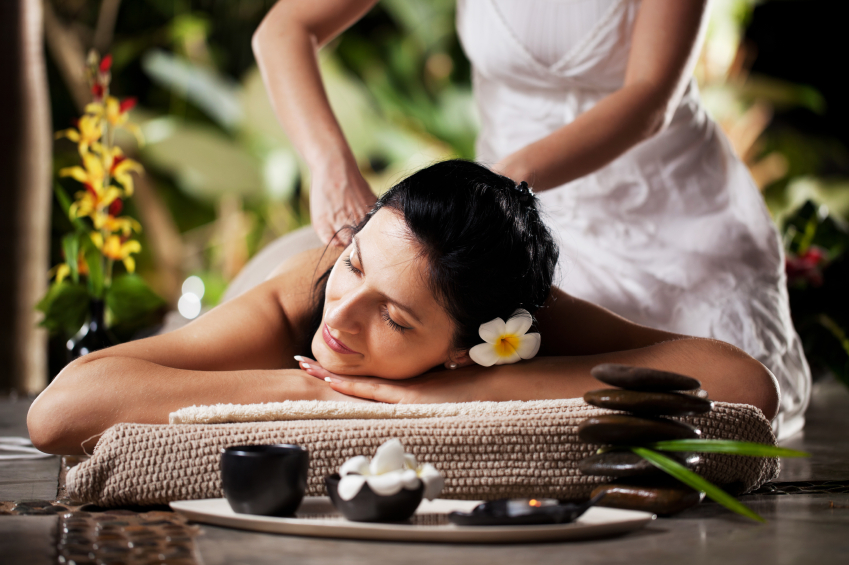If you’ve been jonesing for a change from your traditional Swedish massage, or you are particularly stiff or sore due to exercise or arthritis, Thai massage therapy may be just what you are considering. Unlike most massage therapy modalities that utilize therapeutic massage oils and require you to disrobe and ascend under a sheet on a massage table, Thailänder massage is performed while you are fully clothed, usually on a padded cushion on the ground.
Instead of the relaxing gliding and kneading motions characteristic of more popular kinds of massage, Thailänder massage employs stretching, pulling, and rocking techniques to relieve tension and enhance flexibility and range of motion. It is sometimes called the “lazy individual’s yoga. “
The therapist uses his or her hands, knees, legs, and feet to move you into a series of yoga-like stretches and also applies deep muscle compression setting, joint mobilization, and acupressure.
Thai massage also utilizes energy work, which, according to ancient Asian culture, treats the subtle energetic field within the body. It corrects blockages, insufficiencies, and imbalances in the flow of this energy, which then is thought to improve the client’s health.
Is Thai Massage Painful?
Applying pressure to sensitive muscle fiber adhesions (known as “muscle knots”) can hurt, but there is a difference between that type of discomfort and pain due to too much or inappropriate pressure and stretching.
While it can be challenging to avoid some discomfort when targeting muscle knots, an experienced, certified massage therapist should be able to adjust the massage pressure and movements so that you are not in pain.
Thai massage is sometimes referred to as painful, but a qualified massage therapist should occurs feedback and adapt the level of pressure and extending.
The actual Benefits of Thailänder Massage
Massage of all types is often used to relieve stress and control stress-related health issues. That is also said to enhance energy and improve range of motion and flexibility. Thai massage, in particular, is said to profit or ameliorate many different health problems. Specifically, it may:
Relieve tension headaches
Reduce types of lower back pain (typically subacute and persistent nonspecific back pain)
Alleviate muscle pain and spasticity as well as shared stiffness and pain
Enhance overall flexibility and range of motion
Stimulate circulation and lymphatic draining
Boost energy
Calm the nervous system
Assisted Thai Massage Exercises for Therapy
Possible Contraindications
A licensed massage therapist should ask you about your health history before the massage therapy. Thai massage may not be safe for someone with health issues such as hard drive herniation, osteoporosis, recent surgery, or cardiovascular disease.
If you’re considering trying Thai massage, it’s a good idea to check with your health care provider before getting treatment to discuss whether it’s suitable for you.
Pregnant women should consult with their doctor first before obtaining a massage. If he or she or she claims that it is okay, ask for a recommendation for a qualified masseuse who is licensed in pregnancy massage. Massage therapy shouldn’t be done over bruises, inflamed or poor skin, unhealed or available wounds, skin rash, tumors, abs hernia, or recent fractures.
What to Realize Before Your Appointment
You happen to be usually asked to bring or wear loose, comfortable clothing to the therapeutic massage. A typical Thai massage is 60 minutes to two hours long. A few additional tips:
Don’t eat a heavy meal before a massage.
If is actually a time at the clinic or spa, turn up at least 10 minutes early to complete the essential forms and change. Or else, arrive at least five minutes early therefore you can have time to change before beginning the massage.
Be certain that your massage therapist has your complete health history because people with certain conditions should not have Thai massage.
When you feel discomfort at any time, let your massage therapist know.
